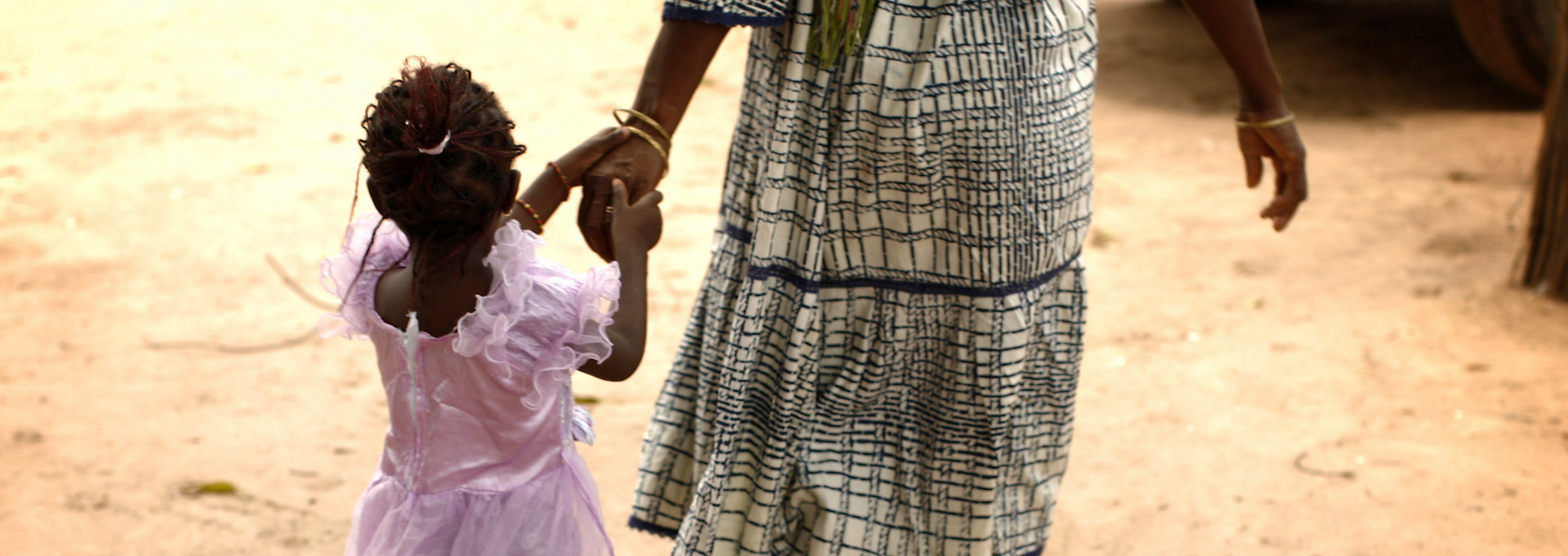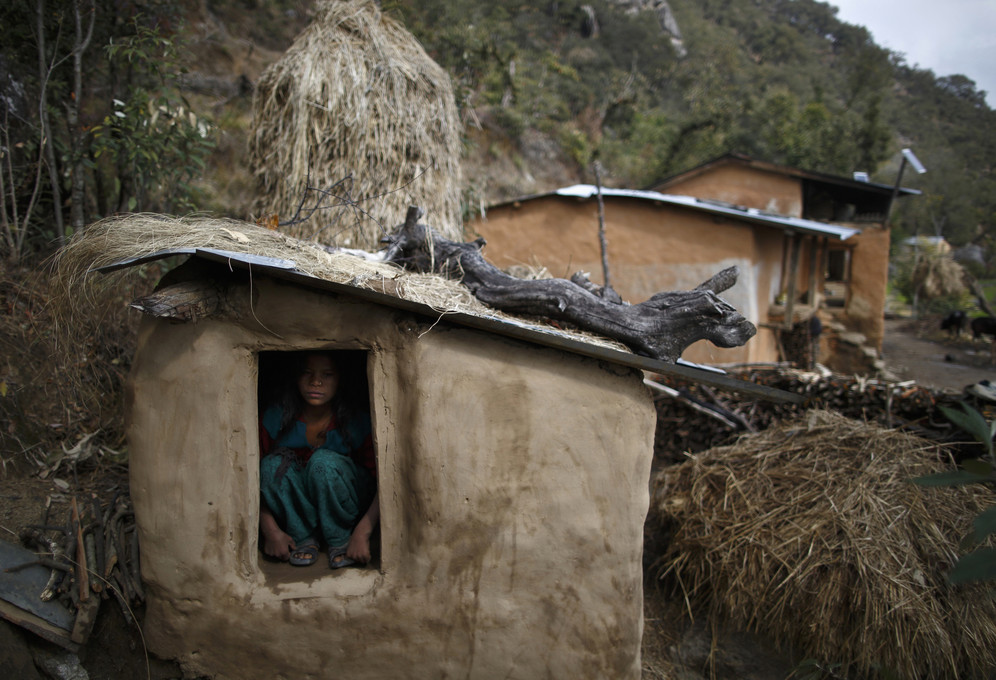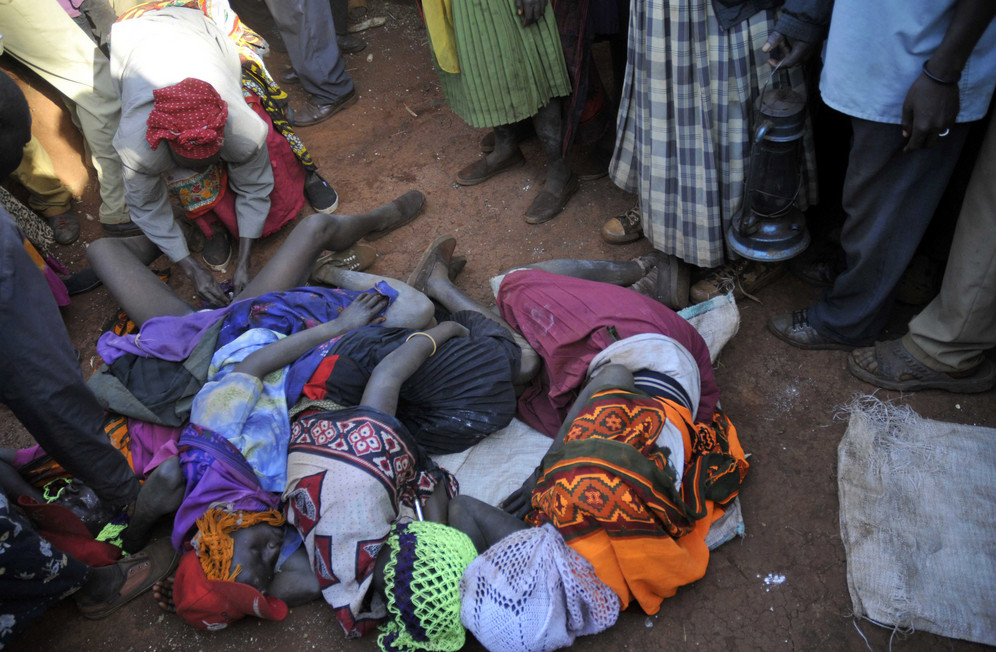Transition to womanhood: Wild rites of passage for girls around the world

As feminism continues to gain momentum globally, it’s hard to comprehend that, in some parts of the world, girls are still coerced to have sex with adult strangers or are banished from home during their periods. Nor is it conceivable why some girls are exposed to the extreme pain of circumcision in order to comply with ancient traditions. Here are some of the most barbaric rituals girls and young women are still subjected to by their communities.
‘Cleansing’ through ritual rape in Malawi
In remote regions of southern Malawi, a girl is forced to spend a night with a man after her first menstruation. The ritual is believed to ‘cleanse’ the girl and protect her from potential illnesses and misfortune. However, this encounter often has the opposite effect, since the custom requires that the intercourse be unprotected. Not unsurprisingly, the country now has one of the highest HIV rates in the world.
The men who deflower the young girls, known as ‘hyenas’, are selected by their communities. The parents pay them between $4-7 to carry out the ritual. This ritual rape is also forced on women who have abortions or become widows.
Moved out for bleeding in Nepal

In some rural communities in Nepal and India, menstruating women are deemed untouchable and impure. During their menstrual period, girls and women are banished from home and must stay in specially-built huts, a tradition known as chhaupadi. These poorly constructed spaces are usually small sheds with no windows, ventilation, or proper beds, where the women are exposed to cold and the risk of animal attack. When a girl menstruates for the first time, she can spend as long as two weeks in such a hut.
While in isolation, women are not allowed to touch other people, cattle, plants, or fruit. They’re also barred from using water taps and wells, as menstruating women are believed to bring bad luck and be poisonous.
Although the Nepalese government outlawed chhaupadi in 2005, villages in the west of the country still practice it. Sadly, women and girls die in these huts from the cold, snake bites, and smoke inhalation every year.
Only harm: Female genital mutilation

Millions of girls and women in Africa, the Middle East, and Asia are forced to undergo a brutal procedure that alters and injures their genital organs for non-medical reasons. Female genital mutilation (FGM) is usually carried out on young girls before they reach puberty as part of coming-of-age rituals.
FGM is generally classified into four types. The most severe form involves total removal of the clitoris and stitching the vaginal opening shut. Most often, the extremely painful procedure is performed with a razor blade or other tools without anaesthetic. The immediate risks associated with FGM include infections, urinary problems, shock, and even death. Later in life, sexual dysfunction, childbirth complications, and psychological consequences may arise as a result of this horrendous procedure.
The international medical community agrees that the surgery is unsafe and inflicts only harm. The United Nations refers to it as “an extreme form of discrimination against women.” Reasons for performing FGM vary in practicing communities, but some believe it makes girls ‘clean’ and beautiful or ensures marital fidelity by reducing their sexual desire.
Child brides sold for cows in Tanzania
-7-br.jpg)
In Tanzania, many girls don’t even have a chance to come of age. In rural areas of this east African nation, poor parents marry off daughters as young as twelve in exchange for cows, often to much older husbands. Locals justify the practice, saying cows are more valuable than daughters. They also worry they will get less from the barter if their daughters are educated. The government is trying to tackle the problem by punishing grooms and the girls’ parents with up to 30 years in prison, but old habits die hard in Tanzania. On average, two out of five girls marry before they turn 18.